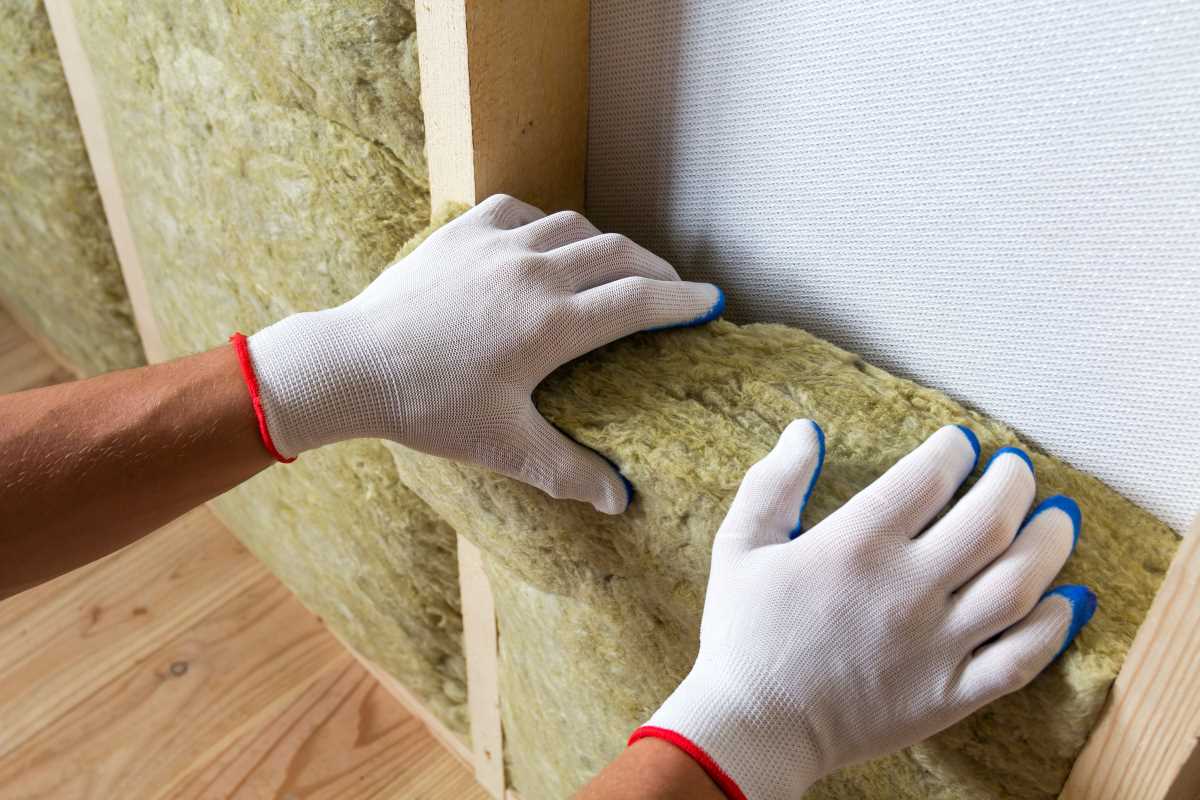Creating a comfortable and energy-efficient home involves more than just choosing the right decor; it requires ensuring that your home is properly insulated. Insulation acts as a barrier to heat flow, helping to keep your home warm in the winter and cool in the summer. This can significantly impact both your energy bills and overall comfort by reducing the need for excessive heating or cooling. Here are some essential steps to effectively insulate your home.
Identify Areas Needing Insulation
The first step in insulating your home is identifying areas that require insulation. Heat can escape through several parts of your home, and each area benefits from proper insulation to maintain an even temperature. Commonly overlooked areas include the attic, walls, floors, basement, and crawl spaces. Attics are often the primary source of heat loss due to rising warm air, so they require high-quality insulation. Walls and floors, especially those on lower levels, are other major sources of heat transfer, and adding insulation here can reduce drafts and cold spots.
Insulating these areas helps regulate your home’s temperature year-round. This not only creates a more comfortable environment but also reduces your energy consumption by keeping the warm air in during winter and the cool air in during summer. Proper insulation also prevents drafts and can help limit moisture buildup, improving your home’s overall air quality.
Choosing the Right Type of Insulation
Once you know where you need insulation, selecting the right type is key. There are several types of insulation, each with unique benefits suited to specific parts of the home. Some common types include:
Fiberglass Insulation: One of the most popular options, fiberglass insulation is affordable and effective. Available in batts or loose-fill form, it’s versatile for areas like walls, attics, and floors.
Cellulose Insulation: Made from recycled paper products, cellulose insulation is an eco-friendly option and is often used in attics and walls. It’s treated to be fire-resistant and offers good thermal protection.
Foam Insulation: Foam insulation, particularly spray foam, works well in tight spaces and is excellent for sealing gaps and air leaks. It’s ideal for areas that require high R-values (the measure of insulation effectiveness).
Reflective or Radiant Barrier Insulation: This insulation reflects heat away, making it ideal for warmer climates, particularly in attics where radiant heat from the sun can raise temperatures significantly.
When choosing insulation, consider the R-value required for your climate and area of the home. Areas like the attic may require higher R-values, while walls and floors might need less. Fire resistance, moisture control, and space availability are other factors to keep in mind.
Proper Installation Techniques
Proper installation is crucial to ensure that insulation performs effectively. Improperly installed insulation can leave gaps that reduce its efficiency and allow air to leak. For example, when insulating an attic, sealing air leaks before installation is essential, as even small leaks can reduce insulation effectiveness. Consider using a vapor barrier in moisture-prone areas like basements to prevent condensation from damaging the insulation.
In some areas, maintaining ventilation is necessary to avoid trapping moisture, which can lead to mold growth. Adding attic vents, for instance, allows moisture to escape, balancing airflow and keeping insulation dry. For walls and other hidden areas, using blown-in insulation or spray foam can be an efficient solution to cover hard-to-reach spaces thoroughly.
Consider Professional Installation
While some insulation projects are suitable for DIY, hiring a professional for hard-to-reach or complex areas can be beneficial. Professionals have the expertise, tools, and safety gear to ensure that insulation is installed correctly, maximizing its efficiency and longevity. They can also recommend suitable materials and assess areas where additional sealing or moisture barriers may be required. Professional installation is particularly useful for spray foam insulation, which requires specialized equipment.
Regular Inspection and Maintenance
Even the best insulation can lose effectiveness over time, especially if it becomes damaged, settles, or is compromised by pests. Inspecting your insulation annually can help identify any issues early, ensuring that repairs or replacements are made before they affect your home’s energy efficiency. Signs of compromised insulation include drafts, uneven temperatures, and increased energy bills.
Settling is a common issue in loose-fill insulation types, particularly in attics. When insulation compresses, its R-value decreases, making it less effective. Likewise, moisture intrusion, whether from leaks or humidity, can render certain insulation types ineffective and promote mold growth. Regular inspections help you address these issues promptly, maintaining insulation’s performance.
Benefits of a Well-Insulated Home
Investing time and resources in proper insulation pays off in numerous ways. A well-insulated home maintains a stable indoor temperature, allowing heating and cooling systems to work less, which can lead to significant savings on energy bills. Improved insulation also creates a quieter environment by reducing outdoor noise—a benefit particularly noticeable with fiberglass and cellulose insulation. Lastly, well-installed insulation contributes to a healthier home by reducing drafts, regulating moisture, and minimizing cold spots, making your home more comfortable and enjoyable.
Properly insulating your home is a wise investment that enhances comfort, improves energy efficiency, and protects your property. By identifying key areas, choosing the right insulation type, following correct installation procedures, and maintaining your insulation over time, you can create a healthier, more sustainable home environment. Not only will you enjoy lower energy bills, but you’ll also contribute to a greener planet by reducing energy consumption. Taking these steps toward effective insulation creates a home that’s not only comfortable but also environmentally responsible.







